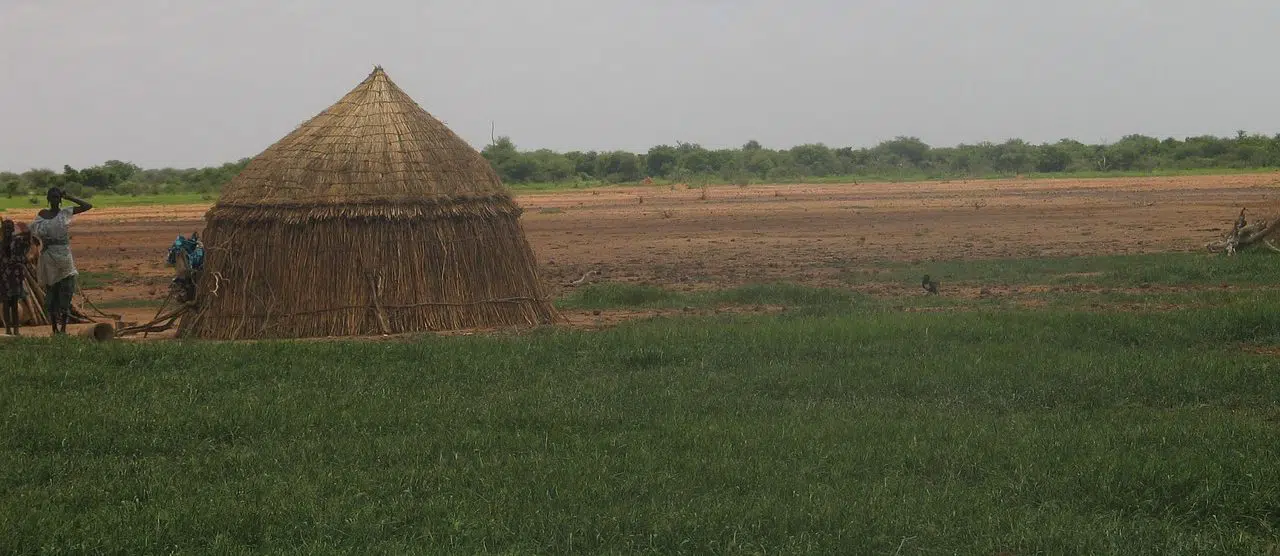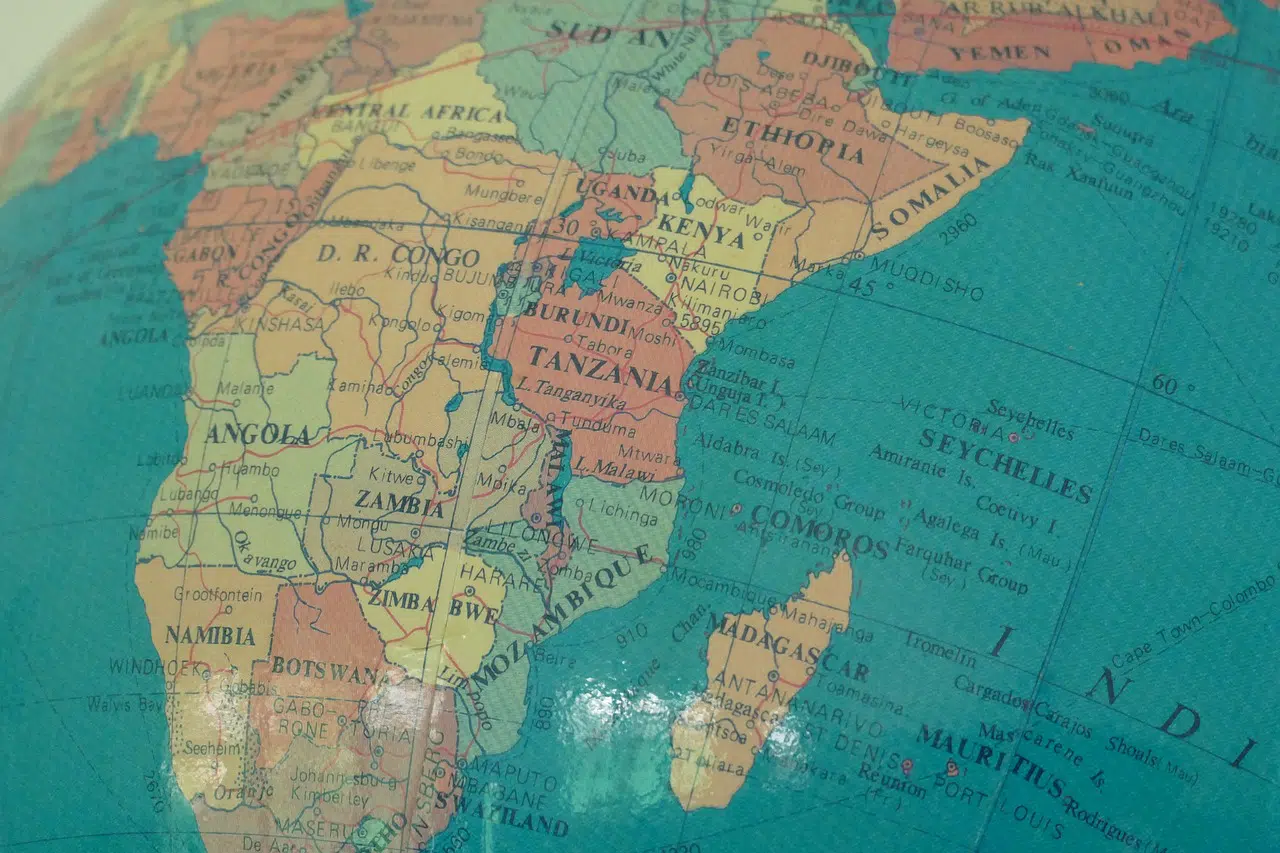What is the Abortion Situation in Africa?

The most effective way to compel the people of a country to serve another nation is to colonize their minds instead of their land and force them to adopt their conqueror’s values. This produces nations led by compliant and easily corruptible people who will allow the usurpers to pillage their country’s natural resources with impunity.
U.S. Intervention in Africa
This general strategy was laid out in the U.S. top secret National Security Council document entitled National Security Study Memorandum 200, which states:
The U.S. economy will require large and increasing amounts of minerals from abroad, especially from less developed countries. That fact gives the U.S. enhanced interest in the political, economic, and social stability of the supplying countries. Wherever a lessening of population pressures through reduced birth rates can increase the prospects for such stability, population policy becomes relevant to resource supplies and to the economic interests of the United States.
NSSM-200 does not mention the national welfare of the targeted nations nor the raising of the standards of living of the people who live in them; the document’s only motivation is to plot a strategy allowing the United States to get its hands on the natural resources of developing countries. Most of the world’s supply of these resources (particularly strategic metals such as platinum, chromium, cobalt, manganese, and tungsten) are found in Africa, which has thus become the number one target of the population controllers. The population controllers reason that, if a nation’s population remains small, it will consume less of its own resources.
The President who ordered the implementation of NSSM-200 was Richard Nixon, who obviously did not have the best interests of Africans in mind when he said, “As I told you ― we talked about it earlier ― that a hell of a lot of people want to control the negro bastards. You know what we are talking about ― population control.”1
The population controllers know that not everyone in the world can enjoy an American standard of living. As Princeton Professor Michael Oppenheimer of the Environmental Defense Fund said, “The only hope for the world is to make sure there is not another United States. We can’t let other countries have the same number of cars, the amount of industrialization, we have in the U.S. We have to stop these Third World countries right where they are.”2
Human Rights Abuses on an Unprecedented Scale
All of this means that the population controllers have only one motivation: to hold down the number of babies born in targeted nations by whatever means are available. This has led to ghastly human rights abuses in Africa on a scale seldom seen in human history.
In Kenya in 2012, doctors told many women that they had “too many children,” and that they would not receive medical care or food for their children unless they were first sterilized. Though 98% of Kenyan women have access to contraception, many do not use it. So the Kenyan government, in cooperation with the United Nations Population Fund, has launched a saturation campaign in all organs of the media and in the schools to convince women to have less children. Is this really about helping Kenya? You tell me: USAID spends $813 in Kenya on contraception for every dollar it spends on food aid.
During our mission trip to Uganda for Human Life International, my wife Kathy and I heard testimony from dozens of women and men regarding the abuses they had been subjected to. According to these witnesses, workers for population control groups had locked them in rooms and would not release them until they had been injected with Depo-Provera or had an IUD inserted. Other women said that untrained workers had implanted them with Norplant one week and an IUD the next so that they could meet their quotas for contraceptive “acceptors.” When HLI exposed these practices in 2012, the perpetrators offered to care for the women ― but only if they would pay an amount equivalent to one- to two-years earnings.
Several men complained that they had been sterilized during circumcisions that were supposedly carried out to reduce the risk of HIV/AIDS transmission. At one center in Tororo, women were told that they were getting malaria shots when in fact they were being injected with Depo-Provera.
Nelson Mandela died while we were in Africa, and the entire continent embarked upon a paroxysm of mourning. But few remembered the strong‑arm tactics of his African National Congress/South African Communist Party (ANC/SACP), which were blatant even by pro‑abortion standards. Mandela forced passage of the Termination of Pregnancy Bill in 1996, giving South Africa the dubious distinction of having one of the worst abortion laws on earth.
Every South African poll showed that every social and political group overwhelmingly opposed abortion on demand by an average margin of two to one. In fact, the highest degree of opposition was among rank‑and‑file ANC/SACP supporters at 77%.3 Yet Mandela’s party, while calling itself “democratic,” simply ignored the wishes of its own constituency.
The Termination of Pregnancy law specifies a fine of $22,000 and 10 years’ imprisonment on the first offense for anyone obstructing abortion in any way. This includes doctors who refuse to perform abortions. This means that pro-life physicians face a brutal three‑way choice: do abortions, give up practicing medicine entirely, or go to jail for a decade. Before the law was passed, South African feminists compiled a list of pro-life doctors, planning to approach them asking for abortions. When refused, the feminists would complain to the authorities, who would then jail the doctors. There are plenty of abortionists in South Africa, but the feminists simply wanted to punish the pro-life doctors. Many such physicians (including HLI’s friend Dr. Claude Newbury) simply fled the country instead of violating their consciences.
South African pro‑abortionists also vowed to demand long jail terms for any pro‑lifers who took part in any kind of civil disobedience ― or even picketing in front of abortion mills.4
Similar human rights abuses are taking place on a massive scale all over Africa, and there is currently research underway to determine how widespread these abuses are. The population controllers are active even in nations like Botswana and Mauritania, which have only eight people per square mile, a population density similar to that of Montana and Wyoming.
Africa Population Facts
- As of January 1, 2014, the 56 nations of Africa have a total population of 1.03 billion people in a land area of 11,498,000 square miles, for an average density of 90 people per square mile, approximately equal to that of the United States.
- The average total fertility rates (TFRs) of the nations of Africa have dropped from 6.72 children per woman in 1965 to 4.02 in 2014, a total decline of 40%. This means that Africa still has by far the highest average TFR of any continent of the world, nearly twice that of second‑place Oceania.
- One African nation ― Guinea‑Bissau ― actually increased its TFR from 4.78 to 5.18 during the period 1965‑2014, the only country on Earth to do so.
- 18 of the twenty highest TFRs in the world belong to nations located in Africa. This is another reason the continent has become the number one target of the developed countries’ population control efforts.
- The highest 2014 TFR in the world is Niger’s 6.61 children per woman. The only African nations below replacement fertility are Tunisia at 1.57; Mauritius at 1.60; Algeria and Morocco at 2.01; and Reunion at 2.08 children per completed family.
- The largest drop in TFR among African nations during the period 1965‑2014 was Tunisia at 77%, the fifth most severe decline in the world.
- The most populous countries in Africa are Nigeria with 158,259,000 people (eighth in the world), followed by Ethiopia with 85 million and Egypt with 84 million.
The only African country that has explicit abortion on demand is South Africa. Mozambique’s law permits abortion only to save the life of the mother, but “official interpretation” allows abortion on all grounds. Ethiopia and Rwanda have many exceptions, and nine nations (Algeria, Botswana, Ghana, Kenya, Liberia, Namibia, Sierra Leone, Swaziland and Zimbabwe) have health exceptions, which in practice means abortion on demand. All of the other African nations permit abortion only to save the life of the mother. However, in many of these nations, abortionists simply ignore the law and abortion is largely tolerated legally even if it still rejected culturally.
Currently, there are about 7.3 million induced abortions annually in Africa, and there have been about 112.7 million done during the period 1995-2013 inclusive.5
Final Thoughts
If Africa can overcome its pervasive corruption, constant civil wars and intertribal conflicts, and if it can eliminate the baleful influence of the population controllers, there is little doubt that its large, young population, possessing abundant natural resources, will lead the world by the year 2050.
This is precisely what the population controllers of the West fear.
Endnotes
[1] President Richard Nixon, excerpt from White House Tape #700/10 (April 3, 1972).
[2] Professor Michael Oppenheimer, quoted in Christopher Manion. “A WorldWide Stop Sign.” The Wanderer, January 7, 2010, page 3.
[3] Brian Stuart. “Row Brews over Bill for Abortion on Demand.” The Citizen [Johannesburg], April 7, 1996, pages 1 and 2.
[4] Personal communications with Claude Newbury, M.D., former President of Pro‑Life South Africa. Dr. Newbury was forced to leave South Africa for London after this law was passed in order to avoid being sentenced to prison for a long term for refusing to perform abortions. This is another example of so-called “pro-choice” people being anything but “pro-choice.”
[5] For references and calculations e-mail Brian Clowes at bclowes@hli.org and ask for Excel spreadsheet F-18-12, “Annual Number of Legal and Illegal Induced Abortions Performed in the World, 1960-2013.”
Did you find this useful?
Dr. Brian Clowes has been HLI’s director of research since 1995 and is one of the most accomplished and respected intellectuals in the international pro-life movement. Best known as author of the most exhaustive pro-life informational resource volume The Facts of Life, and for his Pro-Life Basic Training Course, Brian is the author of nine books and over 500 scholarly and popular articles, and has traveled to 70 countries on six continents as a pro-life speaker, educator and trainer.






